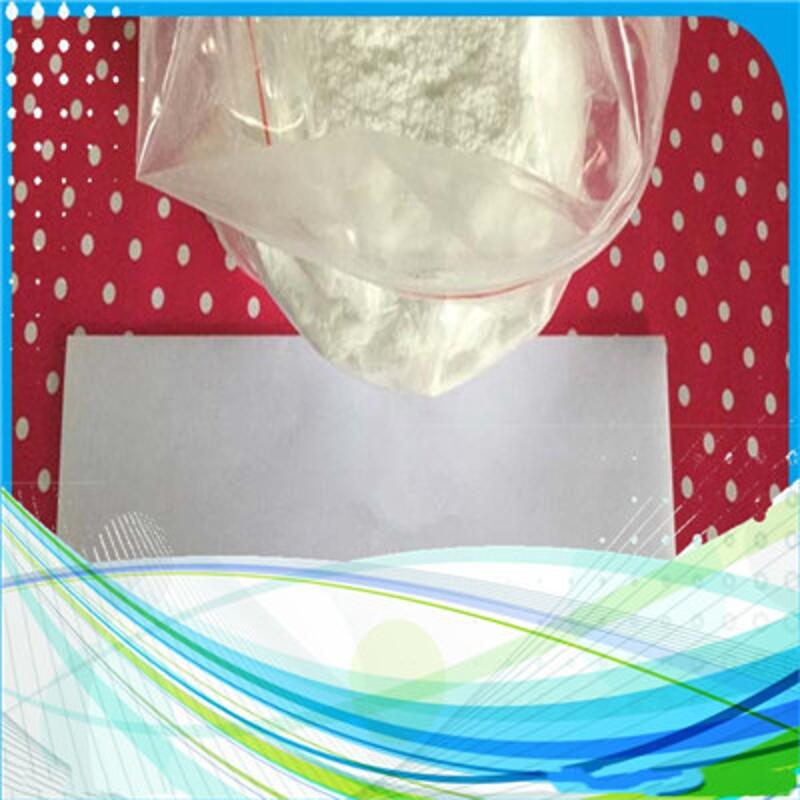-
Categories
-
Pharmaceutical Intermediates
-
Active Pharmaceutical Ingredients
-
Food Additives
- Industrial Coatings
- Agrochemicals
- Dyes and Pigments
- Surfactant
- Flavors and Fragrances
- Chemical Reagents
- Catalyst and Auxiliary
- Natural Products
- Inorganic Chemistry
-
Organic Chemistry
-
Biochemical Engineering
- Analytical Chemistry
-
Cosmetic Ingredient
- Water Treatment Chemical
-
Pharmaceutical Intermediates
Promotion
ECHEMI Mall
Wholesale
Weekly Price
Exhibition
News
-
Trade Service
Soil organic carbon is stored in the bottom soil with a depth of more than 30 cm, and the response of the soil carbon bank to climate change is one of the research focuses of global change ecology.
recent studies have shown that the degradation of organic matter and new carbon sequestration in the surface and underlying soils of high-cold grasslands have different responses to moderate drought.
, the effects of milder droughts on the microbial carbon processes in the underlying soil are unclear.
The research team of Feng Xiaoxuan, a researcher at the Institute of Botany of the Chinese Academy of Sciences, and his co-partners, combined with the soil culture experiment of adding 13C marker apoptosis, compared the response of soil microorganisms as soil organic carbon "decomposers" and "contributors" by analyzing the activity of microbial living and residual markers 13C and extracellase.
study found that five years of gentler and drier treatment significantly inhibited the activity of organic nitrogen hydrolysase (lysine amino peptide enzyme) in the underlying soil compared to the control, reducing the usability of inorganic nitrogen (and moisture), thereby increasing microbial nitrogen limits.
Through the above effects, the gentler and dry treatment further inhibits the mineralization ability of the underlying soil microorganisms to soil organic carbon and plant apoptosis, and reduces the efficiency of microbial carbon utilization and residual accumulation, without affecting the microbial process of the surface soil.
results show that soil microbes at the bottom of high-cold grasslands, rather than the surface, become "lazy and inefficient" under warmer and drier conditions.
the increase in plant roots and the reduced microbial activity are conducive to the accumulation of carbon reservoirs in the underlying soil, as the increase in temperature increases the underground productivity of the region's cold grasslands.
the background of increasing nitrogen restrictions in the underlying soil, the sustainability of plant productivity and the accumulation of carbon bank in the underlying soil still deserves further study.
()







